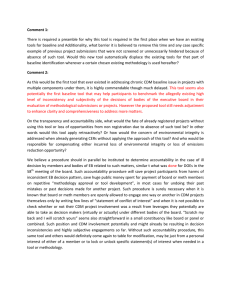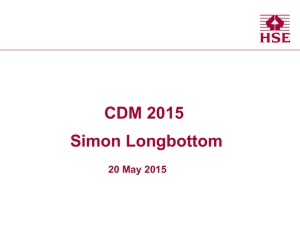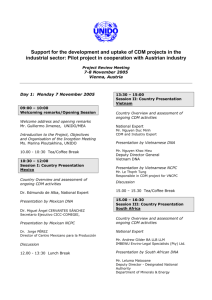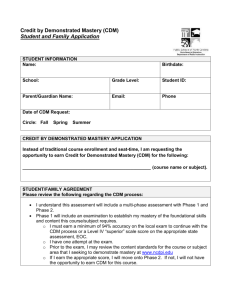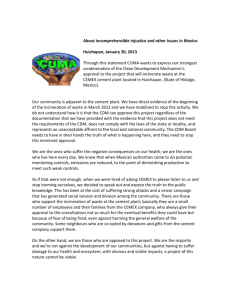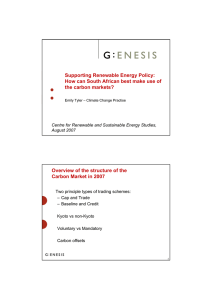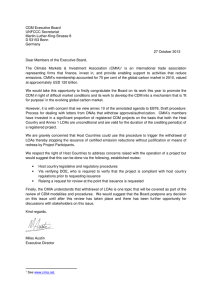AUR687
advertisement
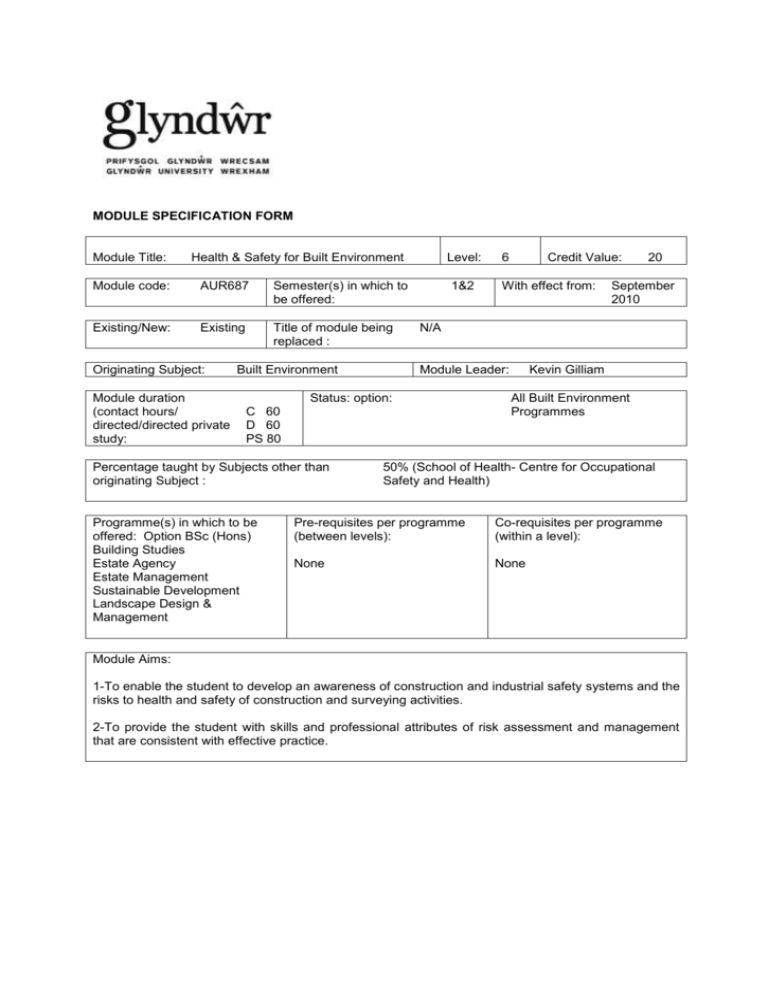
MODULE SPECIFICATION FORM Module Title: Health & Safety for Built Environment Module code: AUR687 Semester(s) in which to be offered: Existing/New: Existing Title of module being replaced : Originating Subject: Module duration (contact hours/ directed/directed private study: Built Environment Level: 1&2 With effect from: Module Leader: Status: option: Programme(s) in which to be offered: Option BSc (Hons) Building Studies Estate Agency Estate Management Sustainable Development Landscape Design & Management Credit Value: 20 September 2010 N/A C 60 D 60 PS 80 Percentage taught by Subjects other than originating Subject : 6 Kevin Gilliam All Built Environment Programmes 50% (School of Health- Centre for Occupational Safety and Health) Pre-requisites per programme (between levels): Co-requisites per programme (within a level): None None Module Aims: 1-To enable the student to develop an awareness of construction and industrial safety systems and the risks to health and safety of construction and surveying activities. 2-To provide the student with skills and professional attributes of risk assessment and management that are consistent with effective practice. Expected Learning Outcomes At the end of this module, students should be able to: Knowledge and Understanding: 1. Assess a construction project and determine what requirements of the CDM regulations are applicable. 2. Know the legal obligations placed on all project participants and determine what steps must be taken to ensure compliance with these legal obligations. 3. Fully understand the reasons for the legislation, and be able to advise others, if requested to do so, on all aspects of the requirements of the regulations. Other attributes: Critical analysis Observational Skills and Inquiry Awareness of professional /cultural perspectives. Synthesis of reports / advisory documents Assessment: Coursework 100% as 2 assignments The first assignment will be to assess the application of the CDM regulations to a specific project or relevant activity whilst the second task will be to write a report that advises a ‘client’ on how to put effective procedures in place to comply with H&S legislation. Assessment Learning Outcomes to be met Type of assessment Weighting Duration (if exam) Word count or equivalent if appropriate 1. 1&3 Practical Assessment 50% 2,500 2 2&3 Compliance Report 50% 2,500 Learning and Teaching Strategies: Lectures will be used to teach the principles of the regulations and duties of function holders; derive the purpose of all documentation required and the history of the development of the regulations such as the Latham Report and outline the legal responsibilities of the various parties. Group discussions will be used to evaluate strategies available for the management of projects and routine activities. Tutorials will be used to undertake practical exercises to develop the ability to advise on appropriate methods of developing documentation eg Pre-Tender Health and Safety Plan, Risk Assessment, Method Statement, Health and Safety Plan, and Health and Safety File all within the guidelines of the Approved Codes of Practice. INDICATIVE CONTENT: 1-Function Holders. Study the regulations with regard to the legal obligations and individual responsibilities imposed on nominated ‘function holders’. Develop an understanding of the processes employed in the management of the construction industry with particular reference to the relationships between Cost, Time, and Quality and their effect on Health and Safety. Define the roles of Risk Assessments and Method Statements in the management of Health and Safety in complex construction projects where the application of the CDM regulations is a legal requirement. 2-The Pre-tender Health and Safety Plan. Provide an understanding of the development of the Pre-tender Health and Safety Plan with the correct understanding of its purpose. Be aware of the required content of the plan and of who must contribute to this document. Outline the legal obligation for the production of the plan prior to commencement of the project, and purpose, and content, of any previous Health and Safety File. 3-The Health and Safety Plan during construction Provide a critical understanding of the development and purpose of the Health and Safety Plan, including its required content and maintenance throughout the duration of the project. Develop an awareness of the dynamic nature of this document and of the availability requirements to all parties involved on the project. 4-The Health and Safety File Provide a critical understanding of the requirement and purpose of the Health and Safety File defining the function and content. Discuss the derivation of this document and the legal requirement to have safe storage of it until further development of the site is proposed or it is required for reference. Consider the contents of this file with regard to its purpose, usability and legal status. 5-Surveying Safely The risks in lone working and those peculiar to surveying. Inspecting buildings, fieldwork, meeting previously unknown clients, conducting viewings, occupied and vacant buildings and those in disrepair. Professional guidelines. Bibliography Essential reading: 1. Statutory Instrument. (2007) The Construction (Design and Management) Regulations. London (HMSO) 2. HSC (2007). Managing health and safety in construction. ACoP. Sheffield. 3. Sir Michael Latham. (1994). Constructing The Team. London (The Stationery Office) 4. Report by The Construction Task Force. (1998). Rethinking Construction. London. (Dept of Environment, Transport and the Regions.) 5. J Stranks (1996) Health and Safety Law, Financial Times Management 6. Report 166. CDM Regulations-Work sector guidance for designers. CIRIA London. 7. St John Holt, A. (2005) Principles of Construction Safety, Blackwell 8. Joyce, Raymond (2007) CDM Regulations 2007 Explained Sweet & Maxwell Other indicative reading: Professional Journals, ISurv website NAEA website & Suzy Lamplugh Trust CIOB / ABE RICS Surveying Safely Other reading as directed in module Guide and from time to time by module tutor.



